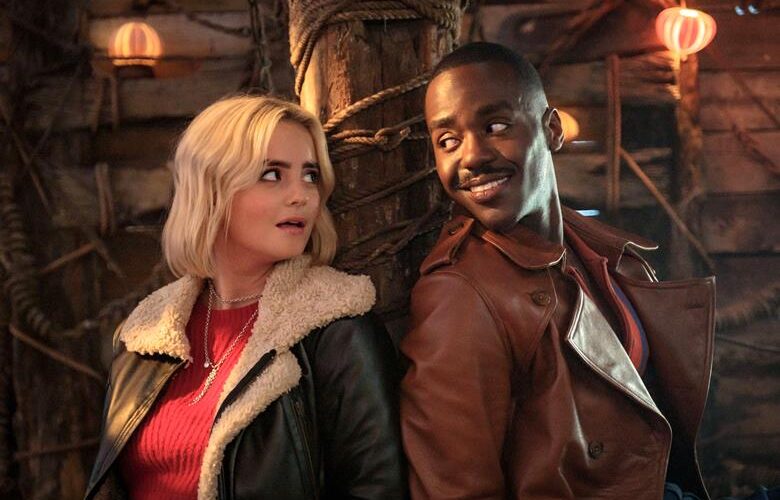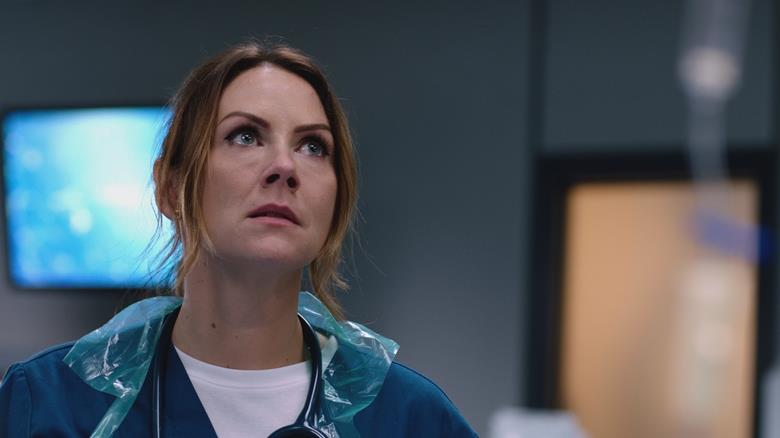Framestore Tinkering Tops Off Spy Thriller
The UK saw a very strong opening for the movie version of Tinker, Tailor, Soldier, Spy, which topped the box office last weekend with £2.8m; trouncing Sarah Jessica Parker”s I Don”t Know How She Does It and generating well-deserved critical acclaim.
Digital FX for the film, based on John le Carré’;s classic Cold War thriller and produced by Working Title, were created by Framestore.
Commenting on its contribution, Framestore says the big challenge was helping to deliver the “gritty, rain-sodden, strip-lighted London” favoured by director Tomas Alfredson and cinematographer Hoyte van Hoytema, rather than the “elaborate, effects-driven action sequences” you might see in Bond or Bourne.
Visual Effects Supervision was undertaken on-set by Christian Kaestner (working in London and Istanbul) and during the subsequent post-production period by Sirio Quintavalle. Kaestner explains: “Tomas (Alfredson) was aiming for an authentic period feel, shooting in 35mm and scanning at 4K to maintain the grain and mood he wanted, so our work needed to be both invisible and of the highest quality.”
For example, the film’;s MI6 Headquarters is a cubical modern building located – and hidden – within the courtyard of a larger, older Victorian structure. Seen only briefly, just enough to establish it as the locus of operations, but needing to be authentically ‘;there’;, the modern component was created in CG by Framestore and inserted into a real, if slightly manipulated, building shot in Kensington. Similarly briefly glimpsed is a shot within the HQ, as the camera peeps down from a large gallery-like vantage point onto the floor below. Impossible to do on the shoot’;s single-floor set, this was effected with a green screen mask and a re-dressed set. Simply and within a few seconds, the shot conveys a vibrant, spacious workplace.
Establishing period detail was of course crucial. One scene takes place in a Wimpy Bar in Piccadilly Circus. Wimpy Bars were the English fast food joints of the period, before McDonalds came across the Atlantic. The scene is shot through the glass, as if from outside the café, and the period is established almost subliminally with the addition of reflected cars and period neon signs for Skol Lager and Cinzano. Such light touches are designed to transport the viewer back to the time and place.
Share this Article















